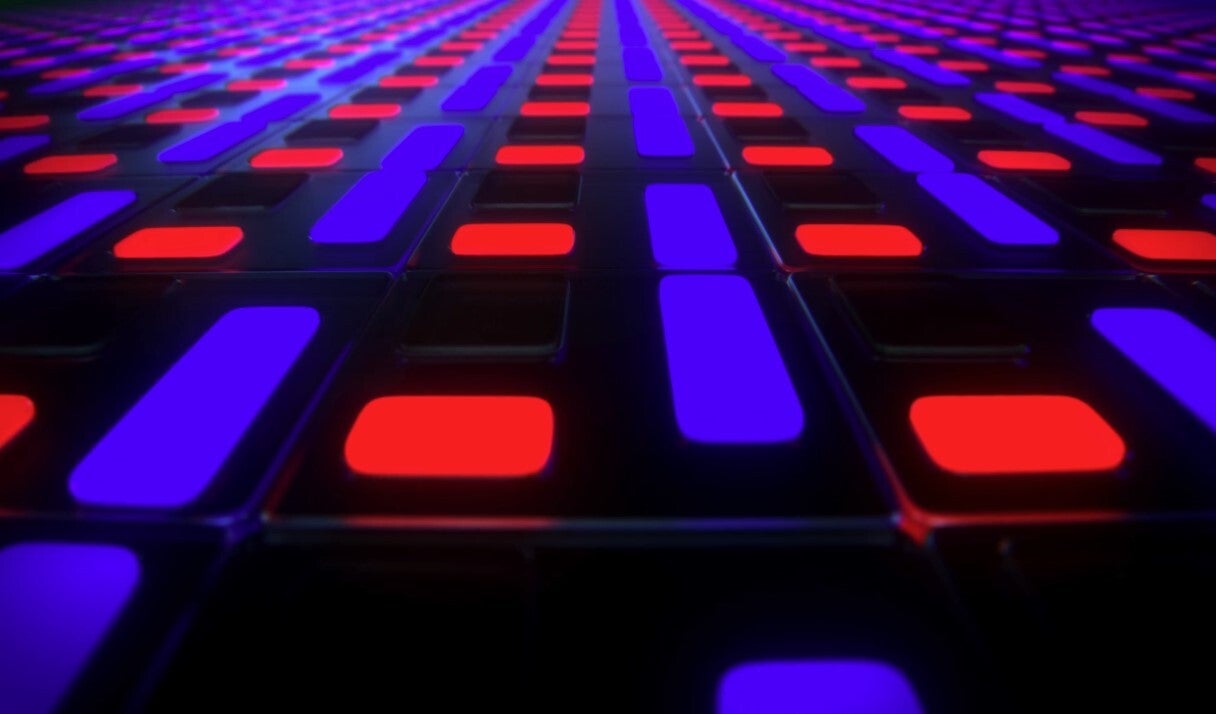Is the iPad Pro Ultra Retina XDR tandem OLED the world’s best display indeed?

Apple finally released a new tablet, and what a slate the iPad Pro (2024) is! The 2024 iPad Pro 12.9″ and its 11-inch brethren are the first Apple tablets to come with big and bright OLED displays, after almost a decade of using quality IPS screens for the Professional series.
Announcing a tablet with OLED display is not unprecedented in itself, but the way Apple approached the task screams Cupertino. It went to the only OLED display maker that can craft the so-called tandem technology in big numbers – LG – and worked with it to create a dual-stack OLED panels for the 2024 iPad Pro series.
The result? One of the best mobile displays ever, here’s why:
Double the brightness
While in phones like the Honor 6 Ultimate, the only one with dual-stack OLED panel – this could mean announced peak brightness level of 5,000 nits, Apple is much more realistic in its measurements and “only” cites 1000 nits of typical and 1600 peak display brightness when showing XDR content.
This is still nearly double than the 600 nits of typical brightness that Apple advertises for the 2022 iPad Pro, just as expected from a tandem OLED display, so what gives? Well, the record 4,500-5,000 nits peak brightness numbers that some Chinese phone makers announce, are measured at 1% average picture level (APL) or below.
This means that they are only achievable when just a fraction of the screen’s pixels are driven with the maximum current possible while displaying white. The Pixel 8 Pro screen, for instance, which “only” advertises 2,600 nits brightness, managed to outshine them in our display benchmark tests.
